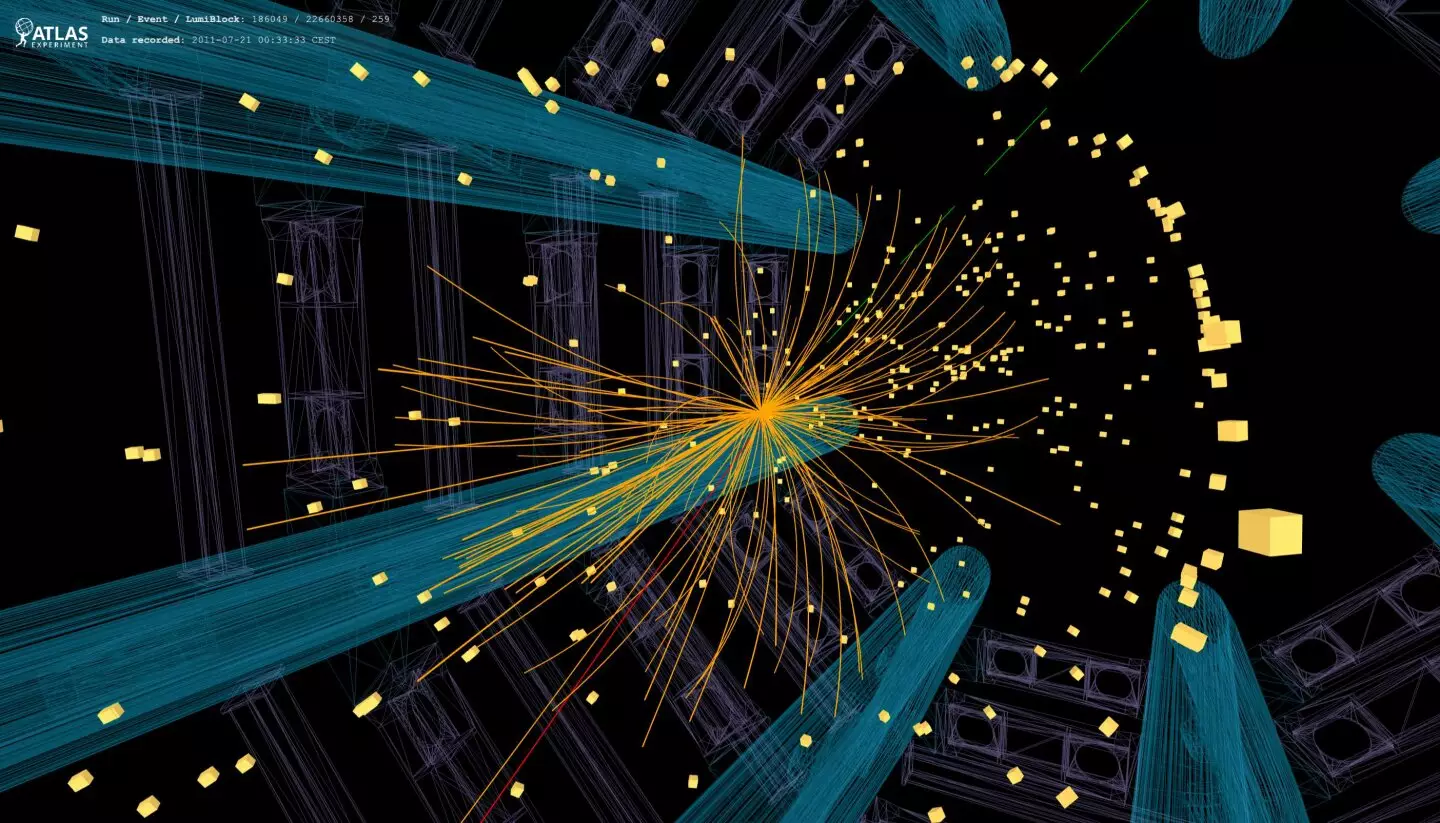The discovery of the Higgs boson in 2012 marked a significant milestone in particle physics, completing the puzzle known as the Standard Model. However, this achievement also raised questions about what lies beyond this well-established framework. Scientists are eager to uncover new phenomena that could provide answers to the universe’s remaining mysteries, such as the nature of dark matter and the origin of matter-antimatter asymmetry.
One key parameter that may provide clues to new physics phenomena is the “width” of the W boson, which is the electrically charged carrier of the weak force. The width of a particle is directly linked to its lifetime and describes how it decays into other particles. If the W boson decays in unexpected ways, potentially into undiscovered particles, it would affect the measured width.
Recently, the ATLAS collaboration at the Large Hadron Collider (LHC) conducted a study to measure the W-boson width for the first time. Previous measurements at CERN’s Large Electron–Positron (LEP) collider and Fermilab’s Tevatron collider had yielded an average value consistent with the Standard Model prediction. However, using proton-proton collision data at an energy of 7 TeV during Run 1 of the LHC, ATLAS measured the W-boson width to be slightly larger but still within 2.5 standard deviations of the predicted value.
Experimental Precision
ATLAS achieved this remarkable result through a detailed particle-momentum analysis of W boson decays into electrons or muons and their corresponding neutrinos. This required precise calibration of the detector’s response to these particles in terms of efficiency, energy, and momentum, while also considering contributions from background processes.
Contributing Factors
To ensure high precision, ATLAS researchers relied on accurate understanding of W-boson production in proton-proton collisions, combining theoretical predictions with validated measurements of W and Z boson properties. Knowledge of the proton’s inner structure, described by parton distribution functions, was also crucial. Incorporating and testing these functions derived from global research groups improved the overall measurement precision.
The updated measurement of the W-boson mass and width by the ATLAS collaboration aligned closely with Standard Model predictions. Future measurements using larger datasets are expected to reduce uncertainties, while advancements in theoretical predictions and parton distribution functions will further enhance precision.
As physicists continue to refine their measurements and test the Standard Model’s boundaries, they hope to uncover new particles and forces that could revolutionize our understanding of the universe. The search for new physics at the LHC remains an ongoing and exciting endeavor with the potential to unlock the universe’s deepest secrets.


Leave a Reply
You must be logged in to post a comment.